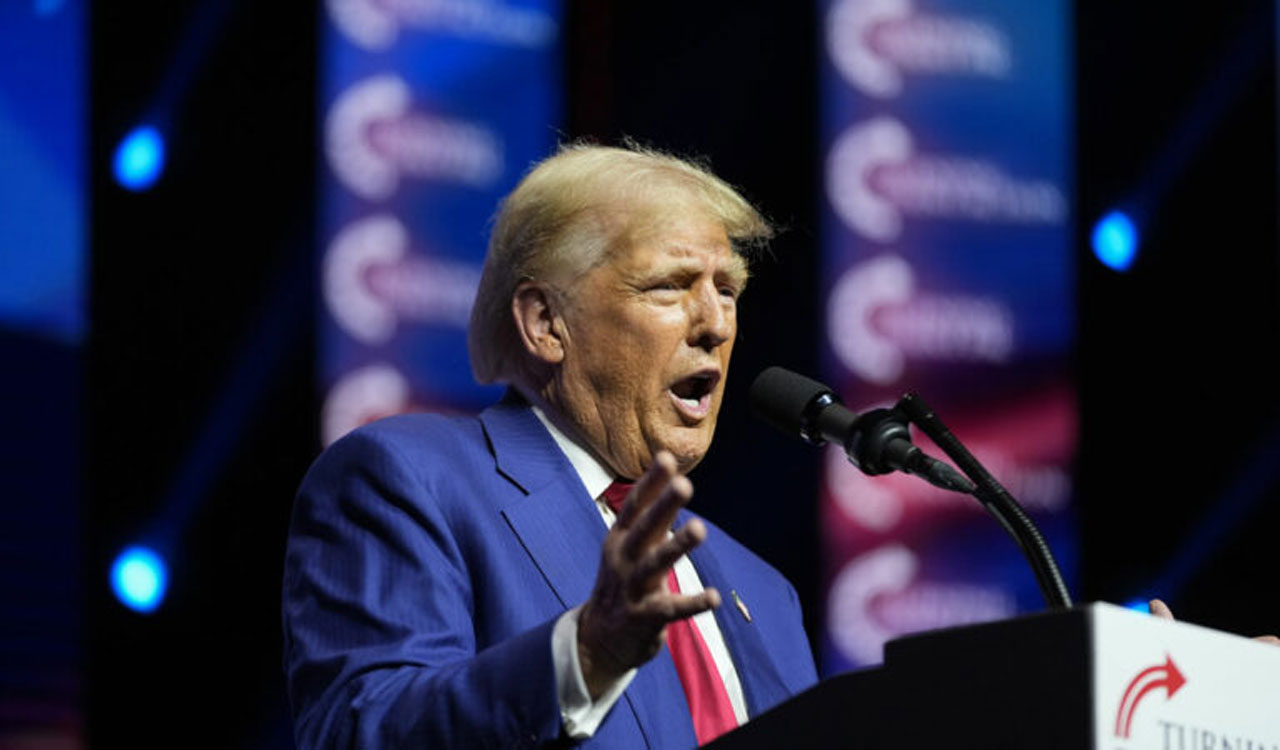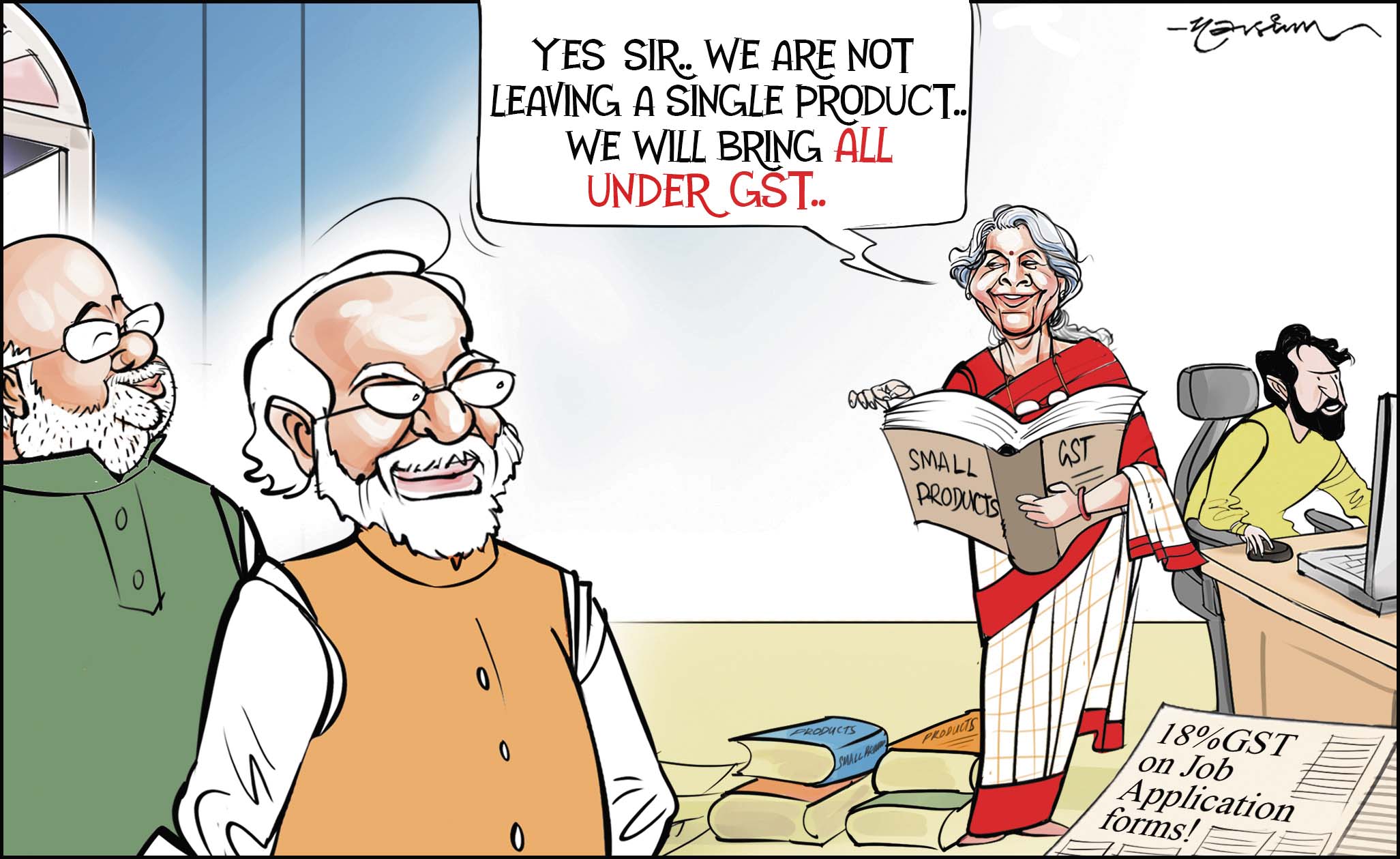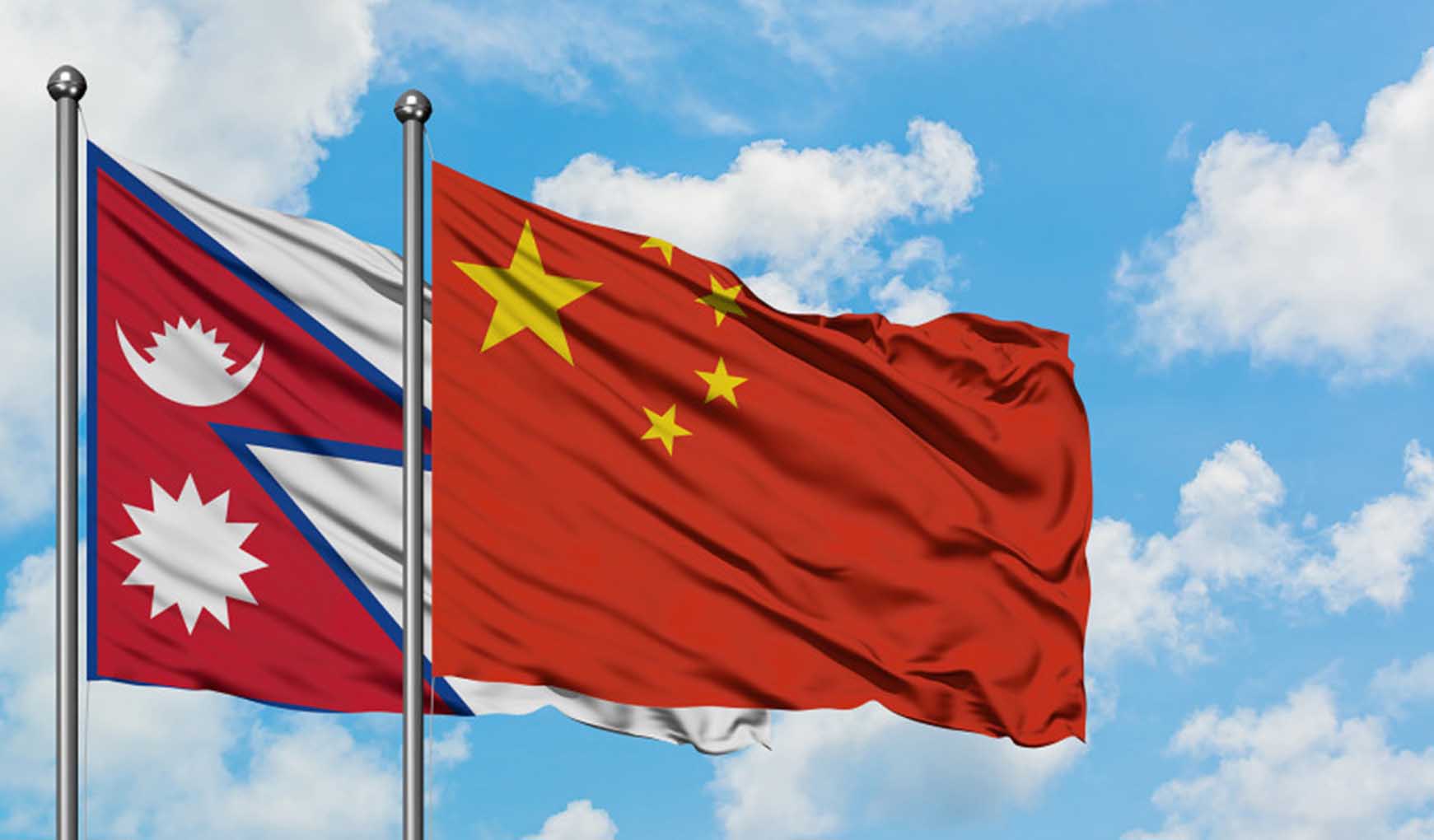Editorial: Trump’s latest bluster
Trump’s threat to impose a 100% tariff on BRICS members should be treated as just a boastful rhetoric

Ever since the election of Donald Trump as the United States President, there has been a sense of unease among the international community over his trade policies and their impact on the global economy. What strengthens such fears is his tendency to make impulsive and sweeping remarks, disregarding diplomatic niceties. The latest to create ripples in trade circles is his threat to impose a 100% tariff on the members of BRICS — Brazil, Russia, India, China and South Africa — if they create a new currency or back any other currency to replace the US dollar as the world’s reserve currency. However, this should be treated as just a boastful rhetoric by a maverick leader, lacking in any substance. Such an idea is neither practical nor feasible. This should not worry India’s policymakers, given the fact that New Delhi has consistently denied any interest in the replacement of the US dollar as a global currency. External Affairs Minister S Jaishankar had repeatedly made it clear India has no intention of moving away from the dollar because such a move is untenable and unrealistic. In fact, America is India’s most significant trading partner. During the recent BRICS summit, Prime Minister Narendra Modi has cautioned that the grouping should not acquire the image of the one that is trying to replace global institutions. It is clear that Trump will not take kindly to any threat to the dollar’s domination. For India, a balanced approach is the best option. It involves supporting financial reforms within BRICS that align with its interests while maintaining strong ties with the US to safeguard its broader strategic and economic priorities.
While supporting local currency initiatives, India should ensure the framework does not disproportionately favour China, given the asymmetry in economic power among BRICS nations. Beijing is keen to assume a dominant role in using the bloc against the US, though India, Brazil and South Africa are more keen to work with the US and settle the differences amicably through negotiations. It is fair to assume that a 100% tariff on BRICS countries would ultimately hurt the US. Imports into America would shift to third countries, potentially increasing costs for American consumers without bringing manufacturing jobs back home. The US has become less competitive in manufacturing labour-intensive goods due to higher production costs, and tariffs are unlikely to reverse this. While the dollar dominates global trade — accounting for more than 90% of transactions — it is not the only currency used internationally. Other convertible currencies like the Japanese yen, the euro and the British pound are also integral to global commerce, and the US has not objected to their use. The proposed BRICS currency is simply another of these alternatives, aimed at facilitating trade among member countries and reducing over-reliance on a single currency. It is the actions of the US that have pushed many countries to seek alternatives to the dollar.
- Tags
- Brazil
- BRICS
- BRICS currency
- China
Related News
-
Sandhya Theatre stampede case: Allu Arjun questioned for 3 hours by Chikkadpallly police
8 hours ago -
Telangana: TRSMA pitches for 15% school fee hike and Right to Fee Collection Act
8 hours ago -
Former Home Secretary Ajay Kumar Bhalla appointed Manipur Governor, Kerala Governor shifted to Bihar
8 hours ago -
Hyderabad: Organs of 74-year-old man donated as part of Jeevandan
8 hours ago -
Editorial: Modi’s Kuwait outreach
9 hours ago -
Telangana HC suspends orders against KCR and Harish Rao
9 hours ago -
Kohli and Smith will be dangerous and hungry: Shastri
9 hours ago -
Sharvari shares her TBR list of romantic book titles, suggested by fans
10 hours ago




